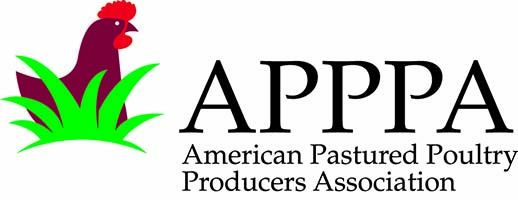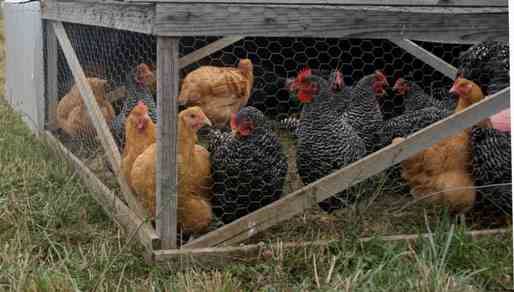Free Range Is Not Pastured PoultryThis an edited version of a blog post by Mike Badger that first appeared at Mother Earth News. When a person approaches the APPPA booth at a trade show or calls the office, one of my routine screening questions “Are you raising poultry on pasture now?” Many times, I get an affirmative response, but the person substitutes free-range for pasture.
| Consumer Guide
Pastured Poultry DifferenceWith constant access to fresh pasture, pastured poultry is better for the chickens, the land, and the people. Pastured poultry:
Free Consumer NewsletterStay informed about buying, eating, and cooking pastured poultry. Let APPPA facilitate the farm to consumer pastured poultry relationship. Membership At a Glance
|

 What Does ‘Free-Range’ Mean?
What Does ‘Free-Range’ Mean?